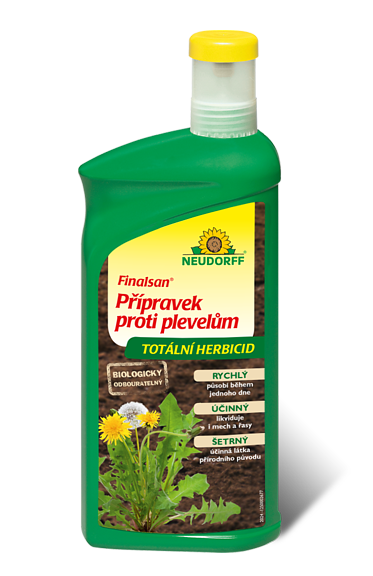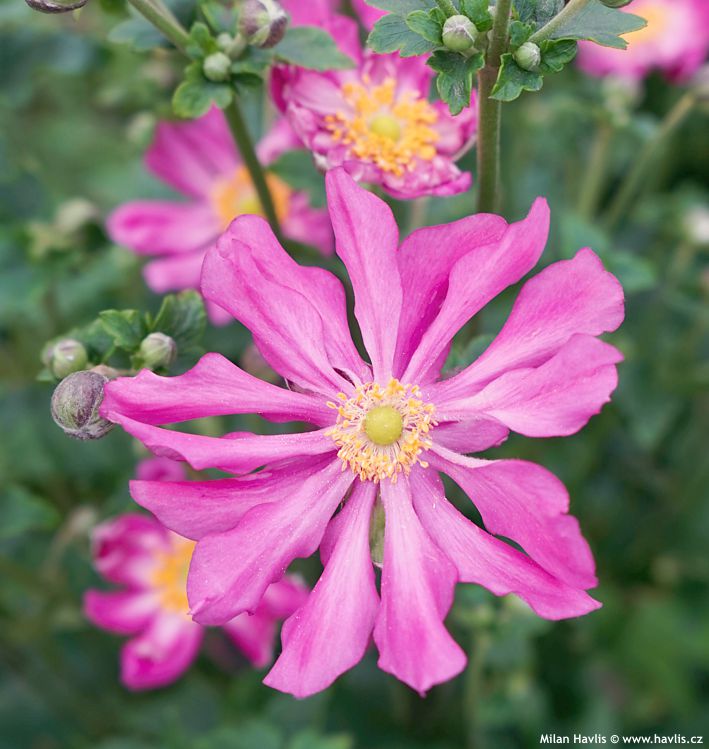Anemone hupehensis 'PRINZ HEINRICH' Japanese anemone
Anemone
Japanese anemone is a late flowering perennial, commonly grown for late summer and autumn display of flowers. There are many varieties offering white, light or dark pink flowers atop stems of various heights. They are mostly considered shade loving plants, however, if grown in good, evenly moist soil they can thrive in full sun, too, especially white flowering plants which are less demanding for soil moisture.
Prinz Heinrich is a Japanese anemone bred by Lindner already in 1902. It produces large, single flowers with long and narrow petals which can be visibly separated from one another or they may overlap. Centres are decorated with a small crown or rich yellow stamens. Flowers are borne freely on usually about 50 cm tall, well-branched stems, but under ideal conditions they may grow almost twice as tall. Basal leaves are deciduous, palmate, dark green, sharply toothed, sparsely hairy beneath.
Japanese anemones like moist, humus-rich, slightly acidic, and well-drained soil. When planted in full sun and if you live in area with cold winters make sure the plants are well mulched to keep the roots cool and away from dry frost. They prefer slightly drier conditions before flowering in early summer, as well as in winter. Anemones spread with aerial shoots which root easily so if you want to keep them in one place remove those shoots as and when they appear. Hardy to min. -34°C (USDA zone 4).
Last update 09-10-2019
Goods are shipped all over Europe. For Russia and U.K. and for further details please read about SHIPPING OPTIONS HERE.
Are you interested in a serious discount for orders NOV-FEB? Check your options here.
THE PRICES INCLUDE VAT of 15%. For quick conversion you can use 1 CZK = approx. 0.04 EUR
- STANDARD QUALITY - Plants of this group are 1st class quality with number of branches and overall density adequate to their size and age, considering they were container grown.
- DE LUXE QUALITY - This label guarantees a luxurious quality of manually selected plants that, compared to their height and age, are exceptionally dense and beautiful.
- EXTRA - These plants are usually mature and bigger specimens with exceptional overall appearance.
- STANDARD (as described in the plant form) means a tree with a trunk of 190-210 cm and a crown at the top, unless specified differently. The commercial size for trees is their girth measured in the height of 1m from ground.
- HOBBY - These plants are of the same quality as our standard-quality plants but younger and therefore cheaper.
- SHRUB - a woody plant with branches growing bushy from the ground level.
- HALF-STANDARD or MINI-STANDARD - a small tree with shorter trunk, its size is usually specified.
- FEATHERED - These are trees with branches growing already from the base of the trunk and up along the stem.
- GRASSES and PERENNIALS - Sizes given usually read the diameter of the pot or the clump, as specified.







































